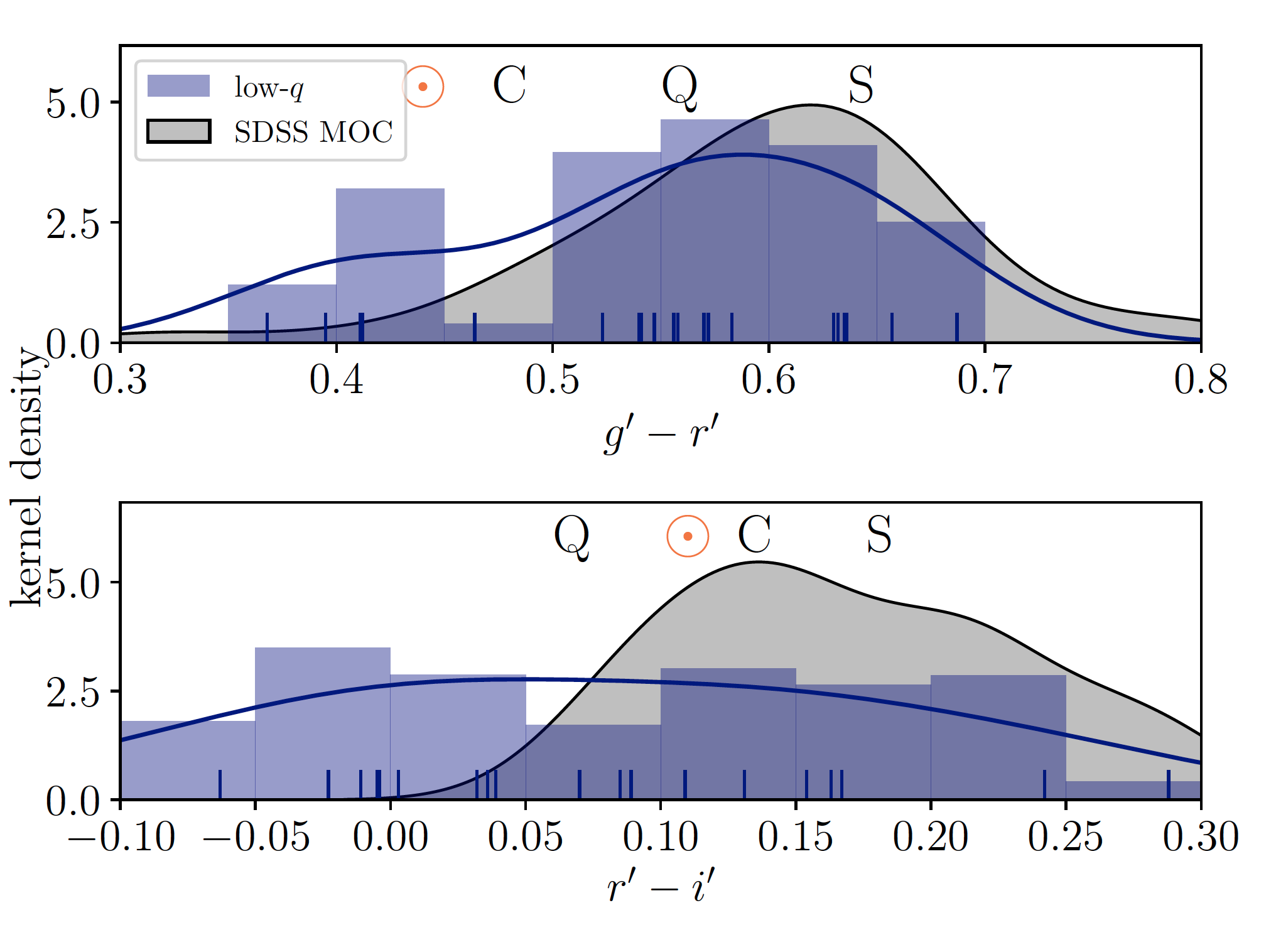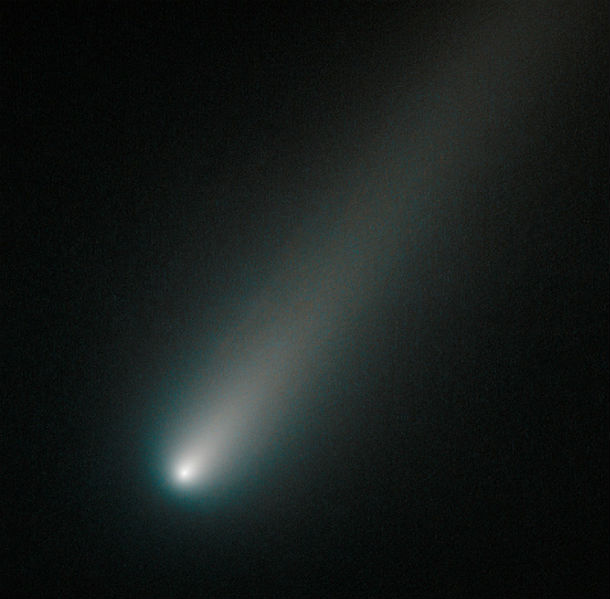Carrie E. Holt
Astronomy PhD Candidate at the University of Maryland
Hi, I'm Carrie. I am a PhD student studying asteroids and comets. I am interested in understanding how small bodies on extreme orbits evolve over time through observational population studies. I recognize science extends beyond academia and am interested in shaping effective policy after graduation. I am also a passionate supporter of equity in STEM.


